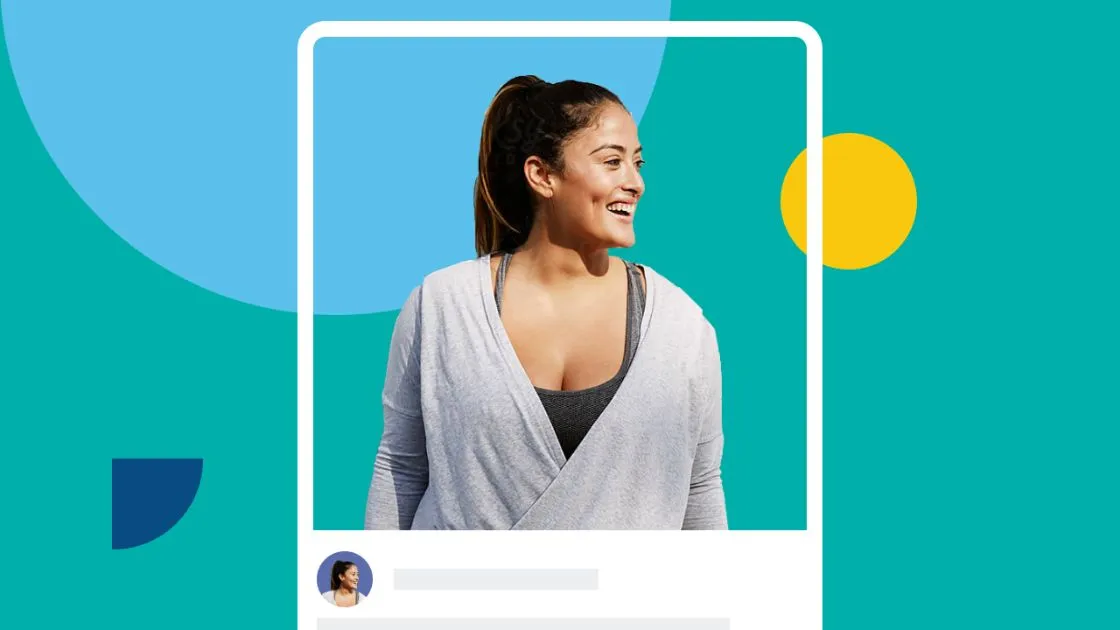

Facebook remains one of the most powerful platforms for business marketing. Its ad tools let you connect directly with your ideal clients, meaning you don't have to rely on organic traffic and referrals only or hope for random engagement.
Pair that with a platform like PT Distinction (which takes care of your automation, branding, and client experience), and your Facebook ads can turn lead generation into a steady, reliable growth machine.
If you're ready to grow your client base without wasting time or money, this guide will walk you through how to advertise personal training on Facebook using simple steps, smart targeting, and systems that scale.
Learning how to advertise personal training on Facebook is a smart move and one that can scale with you. Here’s how to dive in and get started.
Your Facebook business page is your digital storefront. Use a recognisable name, a custom URL (like facebook.com/coachjamesfit), and a benefit-driven bio that highlights your niche.
Add a strong call-to-action button such as “Book Now” or “Send Message.”
Be sure to include real social proof like client testimonials, transformation pics, or reviews. And don’t forget the most important part: always link straight to your lead form or branded coaching app.
If you use PT Distinction, you can send prospects straight into your custom client journey experience so they get instant access to your programs without any third-party hassle.
Once your page is ready to go, match it with an offer that gives people a reason to take action.
The best-performing personal training Facebook ads always lead with value, and that starts with a solid lead magnet.
Promotional tactics that tend to convert well for fitness coaches include:
Your offer should hit on your audience’s pain points and show that you’re the obvious next step in their fitness journey.
Something like a “Busy Parent Home Workout Plan” works great. It’s specific, actionable, and super easy to deliver.
The next step is building an ad that attracts personal training clients, not just clicks.
Start by selecting the right campaign type in Facebook Ads Manager. This tells the platform how to optimise your ad delivery and determines what kind of results you’ll see.
For fitness professionals, three options tend to perform best:
Take it a step further with Meta Pixel. This small snippet of code connects your website or funnel to your Facebook ads, giving you powerful insights into what happens after someone clicks.
With Meta Pixel, you can track key actions (like opt-ins, bookings, and purchases), see which ads are driving results, and retarget visitors who didn’t convert.
You’ve only got a few seconds to grab someone’s attention, so your visuals and copy need to speak directly to the people you want to coach and give them a reason to stop scrolling.
Strong ad copy starts with your client’s challenges, not your credentials. Whether you’re helping new parents, busy professionals, or strength athletes, make sure your message reflects their goals and pain points in clear, everyday language.
A proven structure includes:
For example: “Struggling to stay consistent at home? Download your 7-day no-equipment plan – built for busy parents who don’t have time to waste.”
Visuals matter just as much as words. People connect with your face, your environment, and your coaching style. Use high-quality images of yourself with clients, video clips from actual sessions, or screenshots from within your app.
Unlike organic posts that depend on luck and timing, Facebook ads let you choose exactly who sees your message, by age, location, interests, behaviours, and more.
But to get real results, your targeting has to reflect your actual client base.
Using Facebook Ads Manager, refine your audience with filters such as:
Avoid casting a wide net like “people who like fitness.” Instead, create specific ad sets tied to life stages or goals, like busy professionals aged 30-45 in urban areas who follow health and productivity pages.
Budget-wise, start lean. A daily budget of $10 to $20 is enough to test your targeting, creative strategy, and offer without overspending.
Use the first 7–10 days to gather data and to track core metrics like:
Once a campaign proves effective, scale it slowly by raising your budget by 15–20% every few days.
Avoid aggressive jumps that confuse Facebook’s delivery algorithm and cause performance drops.
Treat every ad as a test run. Keep an eye on how it performs during the first week and adjust as needed based on the numbers. Instead of guessing what’s working, test one thing at a time to see what gets people to engage.
Some key elements worth A/B testing include:
When you find winning combinations, use them to shape future ads, and pause underperformers quickly to avoid wasting your ad spend.
Leads who come back through retargeting can easily be guided to a landing page, your PTD package sign-up form, or Mini Website opt-in.
Once they opt in, your automations kick in right away, sending welcome messages, program access, or digital resources through your branded app. No manual follow-up necessary.
Facebook advertising gives you a direct, scalable way to build your personal training business.
But ads alone won’t cut it. You’ve got to pair smart targeting and standout creative with automation, branded tools, and smooth follow-up to turn clicks into consistent growth.
PT Distinction handles what comes after the click: onboarding, scheduling, programme delivery, and client engagement.
That means you can spend less time managing logistics and more time coaching at your highest level!
Ready to take your fitness coaching to the next level? Start your 1-month free trial with PT Distinction today!